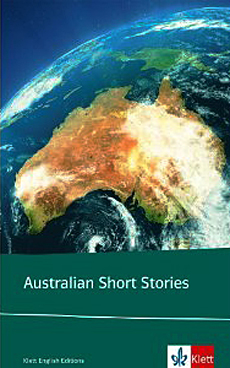2. Subjects and Settings
The collection starts with Price Warung´s “How Muster-Master Stoneman Earned His Breakfast” (24 May 1890), a dark and realistic description of a convict’s fate in Australia in the second half of the 19th century.
The following group of stories deals with the Aborigines and their problems. “Marlene” (1941) by Katharine Susannah Prichard skilfully uses the point of view of half-castes, of those people belonging to neither of both parent races, to blend past and present events. Thea Astley’s “Heart Is where the Home Is” (1987), depicts the fate of a young Aboriginal mother who fights against the practice of the white colonizers – the forceful removal of Aboriginal children from their families in order to integrate them into white society.
“Going Home” (1986) by Archie Weller, the only indigenous writer in this collection, describes the disappointing experience of a young Aborigine, who, having succeeded in the white man’s world as a footballer and an artist, returns to his home to celebrate his twenty-first birthday. However, here the old poverty and the prejudices of the white people catch up with him again.
Nature as a backdrop, a threat or a source of regeneration plays a great role in the third group of stories.
“The Drover’s Wife” is a realistic description of the hard and dangerous life of the early settlers in the Australian outback, whereas “Trees Can Speak” suggests a return to nature, a return to the
source of regeneration and to oneself. In the third story of this group, “The Children”, the author chooses the technique of an interview between a first-person narrator (a reporter) and a hard-working father who is trapped in a moral dilemma when a forest fire breaks out in the Dandenong Ranges east of Melbourne.
Unlike the preceding group of stories , the last one is set in an urban or suburban environment.
“Neighbours” shows a young newly married Australian couple from the suburbs trying to settle down in the part of a city where mainly immigrants live. They “feel like sojourners in a foreign land” and in the beginning find it difficult to accept the way of life of their neighbours. The last short story of this collection, “The Lottery”, is set in the 1930s shortly after the Great Depression. It describes a crucial moment in the life of a lower middle-class family in the suburbs. The protagonist, a family man who has always been the dominating partner in the marriage, is in for a big surprise when his wife wins the lottery.

Australian Short Stories
Contact: info@new-english-readers.de
